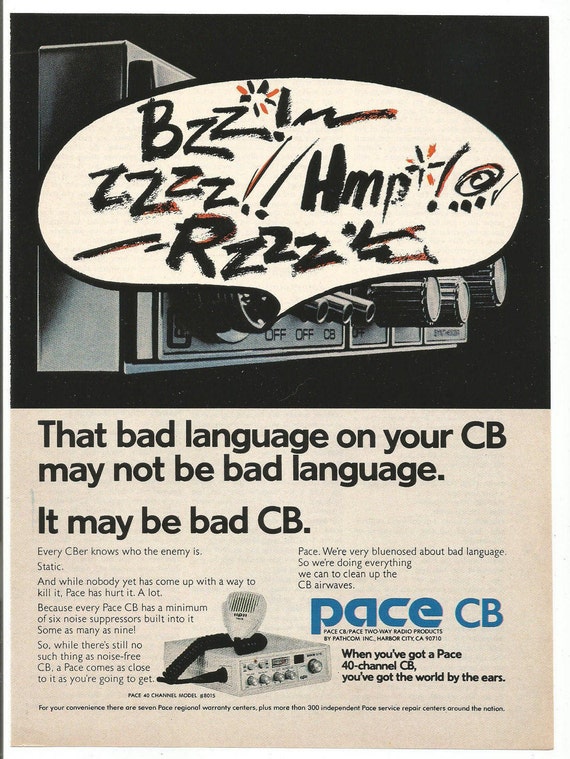Post by Mark on Feb 26, 2018 0:26:49 GMT -7
The Part 97 amateur service rules used to prohibit the transmission of “...obscene, indecent or profane words or meaning.” For some unknown reason, the word “profane” was dropped from Section 113(d) in 1993 even though the criminal law (18 U.S.C. § 1464) and the FCC’s website still mentions all three.
The new rewrite of Section 113(a)4 now only prohibits “...obscene or indecent words or language.” The FCC has in the past held that the indecency rules applying to TV and radio broadcasting also apply to Amateur Radio transmissions. In making obscenity or indecency determinations, the FCC staff analyzes what was actually transmitted.
If the FCC determines that the curse words were obscene or indecent, it can issue a Notice of Apparent Liability (NAL), which is a preliminary finding that the law or the FCC's rules have been violated. Subsequently, this preliminary finding may be confirmed, reduced, or rescinded when the FCC issues a Forfeiture Order.
The fact remains, however, that the FCC has never issued a citation or NAL to a ham radio operator for solely violating its obscenity or indecency rules. The violation notice always mentions other accompanying offenses which can easily be proved ...and don’t involve controversial first amendment issues.
Source
www.w5yi.org/ama_news_article (link)
Standards to be Applied to All Broadcast and Amateur Radio Licensees
www.aclu.org/files/FilesPDFs/reconsideration.pdf (link)
The FCC tried without success in 1983 to yank David Hildebrand's license for allegedly using obscene language over the Mt. Wilson "435 Repeater" association's frequency. "I challenged them that they couldn't prove what was obscene, and they couldn't," says Hildebrand, a technical writer who lives in Hollywood.
Sources
147.435 LA Repeater "Bad Boys" (link)
articles.latimes.com/1991-10-02/news/vw-2882_1_ham-radio (link)

The new rewrite of Section 113(a)4 now only prohibits “...obscene or indecent words or language.” The FCC has in the past held that the indecency rules applying to TV and radio broadcasting also apply to Amateur Radio transmissions. In making obscenity or indecency determinations, the FCC staff analyzes what was actually transmitted.
If the FCC determines that the curse words were obscene or indecent, it can issue a Notice of Apparent Liability (NAL), which is a preliminary finding that the law or the FCC's rules have been violated. Subsequently, this preliminary finding may be confirmed, reduced, or rescinded when the FCC issues a Forfeiture Order.
The fact remains, however, that the FCC has never issued a citation or NAL to a ham radio operator for solely violating its obscenity or indecency rules. The violation notice always mentions other accompanying offenses which can easily be proved ...and don’t involve controversial first amendment issues.
Source
www.w5yi.org/ama_news_article (link)
Standards to be Applied to All Broadcast and Amateur Radio Licensees
www.aclu.org/files/FilesPDFs/reconsideration.pdf (link)
The FCC tried without success in 1983 to yank David Hildebrand's license for allegedly using obscene language over the Mt. Wilson "435 Repeater" association's frequency. "I challenged them that they couldn't prove what was obscene, and they couldn't," says Hildebrand, a technical writer who lives in Hollywood.
Sources
147.435 LA Repeater "Bad Boys" (link)
articles.latimes.com/1991-10-02/news/vw-2882_1_ham-radio (link)







